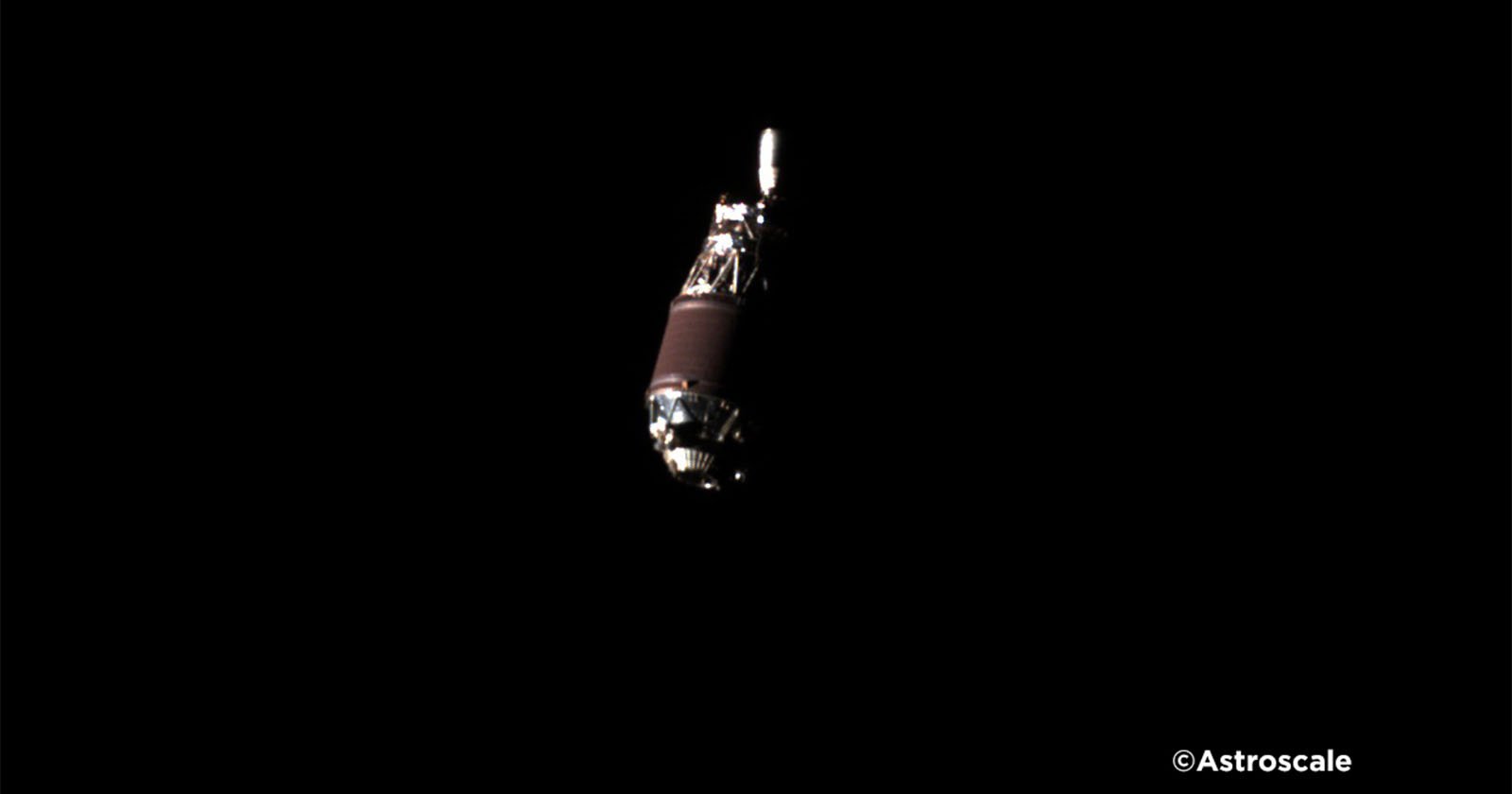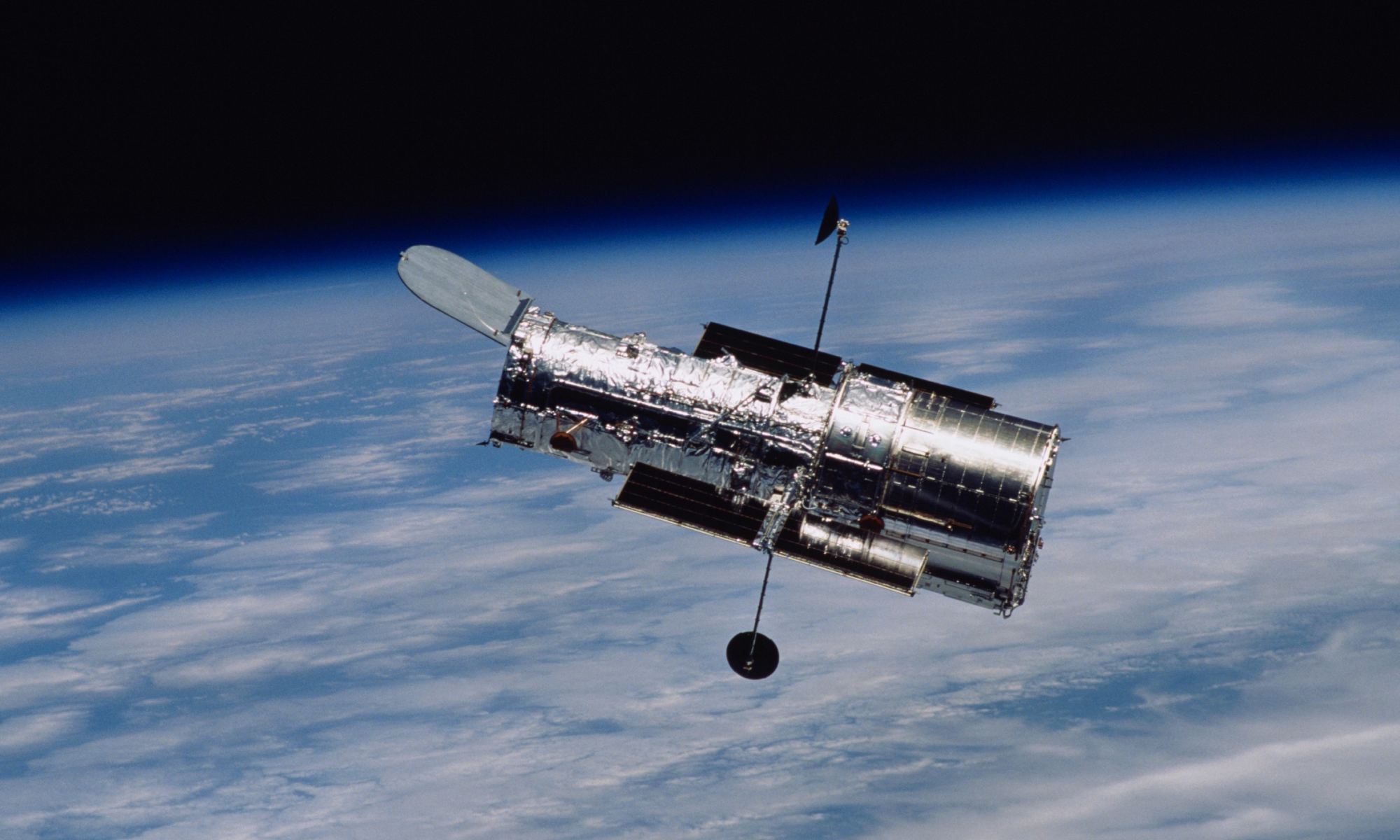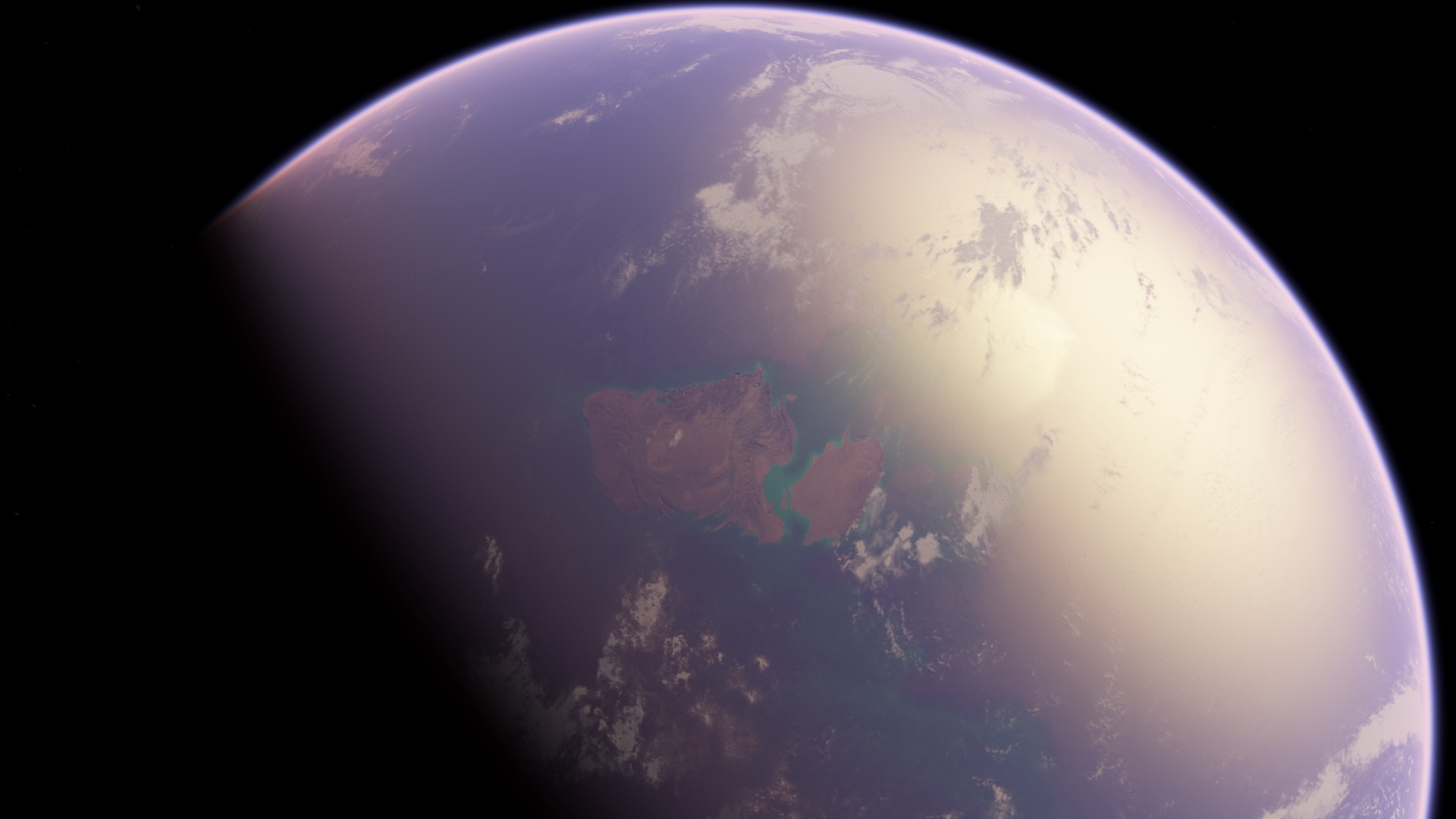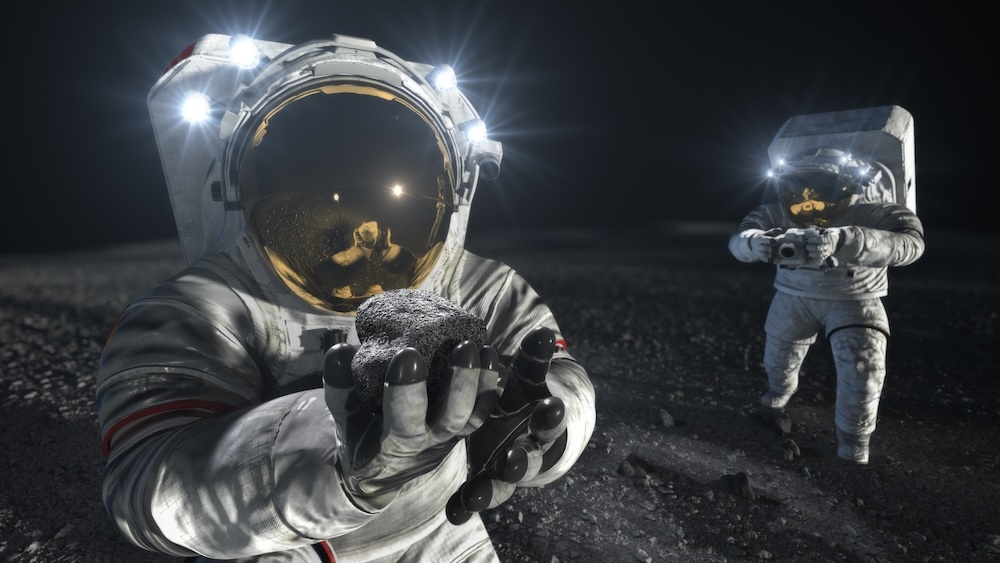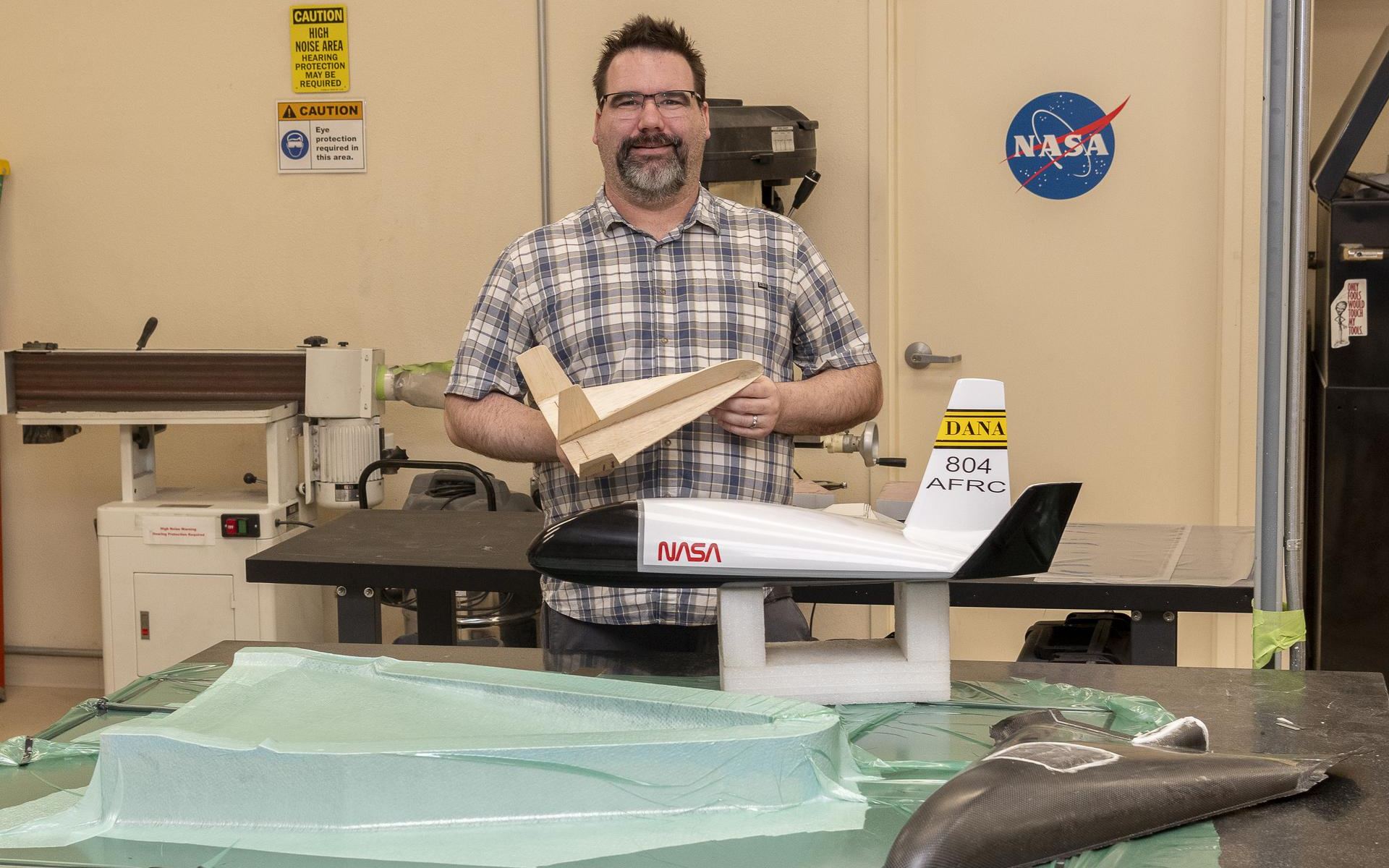Space debris is a growing problem, so companies are working on ways to mitigate it. A new satellite called ADRAS-J was built and launched to demonstrate how a spacecraft could rendezvous with a piece of space junk, paving the path for future removal. Astroscale Japan Inc, the Japanese company behind the satellite, released a new picture from the mission showing a close image of its target space debris, a discarded Japanese H2A rocket’s upper stage, captured from just a few hundred meters away.
Continue reading “This is an Actual Picture of Space Debris”This is an Actual Picture of Space Debris
